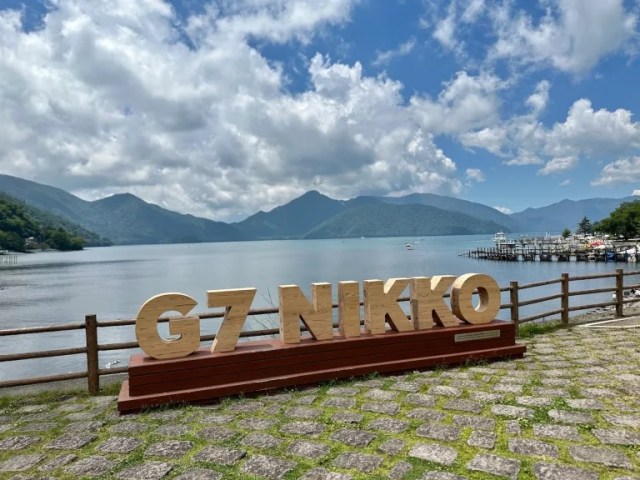
Nikko’s famous Kegon no Taki waterfall bored our reporter on his class trip, but it’s a different story now that he’s grown up.
There’s an old saying in Japan that goes like this: “You should never say you’ve seen enough until you’ve seen Nikko.” Tucked away in the mountains of Tochigi Prefecture, Nikko has some of the most beautiful natural scenery in the entire country.
Or at least that’s what grown-ups say. Our Japanese-language reporter Masanuki Sunakoma, like a lot of people who grew up in Japan, went to Nikko on a class trip when he was a kid, but its ballyhooed beauty didn’t leave all that deep an impression on him. If fact, he could barely remember what one of its most famous sightseeing attractions looked like.
That’s not an uncommon experience. For a lot of Japanese kids, the real excitement of their class trip, and what they most remember, is hanging out and screwing around with their classmates on the bus or train to their destination, and hotel hijinks if they’re staying somewhere overnight. So when Masanuki thinks back to his childhood trip to Nikko, he knows they took a group photo by the Kegon no Taki waterfall, said to be one of the “three most beautiful waterfalls in Japan,” but doesn’t remember being particularly impressed by it.
Recently, though, he just so happened to find himself in Nikko on an unrelated matter, and decided to give Kegon no Taki one more chance to see if it could win him over.
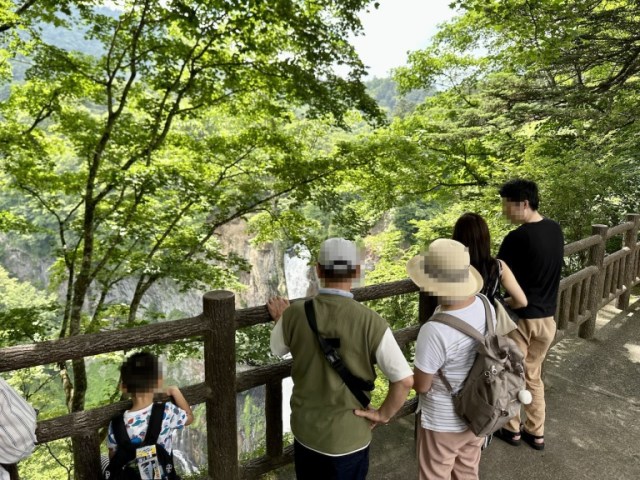
Kegon no Taki is a short distance from Lake Chuzenji, on the western end of Nikko’s primary sightseeing area. You can catch a glimpse of the waterfall through the trees from the parking lot, and right away Masanuki was struck by a sense of bewilderment that it hadn’t blown him away as a kid.

From the spot where Kegon no Taki crests the cliff, it’s a 97-meter (318-foot) drop to the stream below, creating a massive curtain of white water…and yet this is still by far the least awesome spot to see Kegon no Taki from.
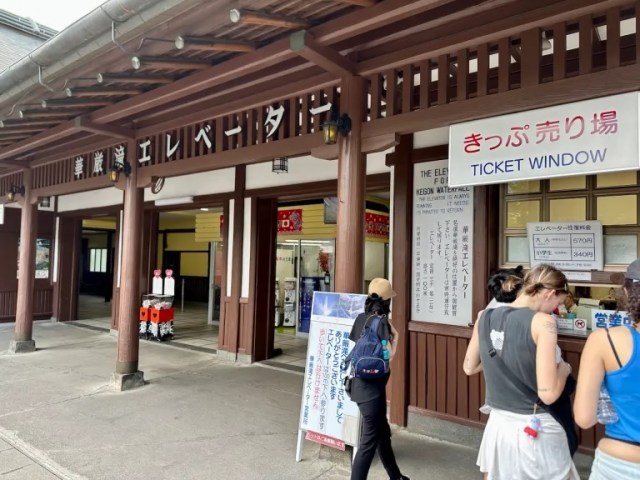
To get the full experience, you’ll want to take a ride on the elevator that takes you down to the bottom of the waterfall. There is a fee (540 yen [US$3.80] for adults and 340 yen for kids), but it would turn out to be money well-spent for Masanuki.
▼ The elevator ticket
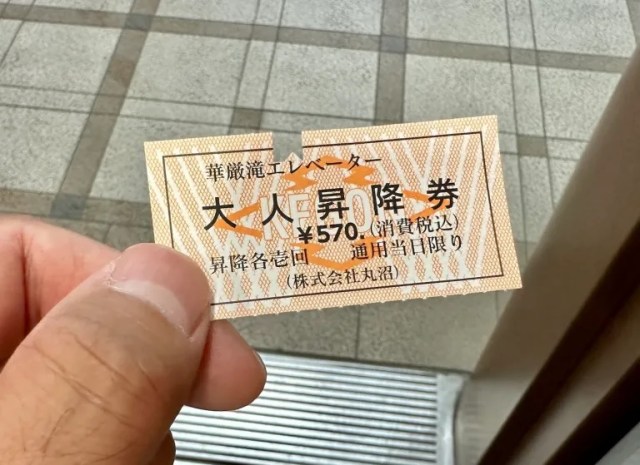
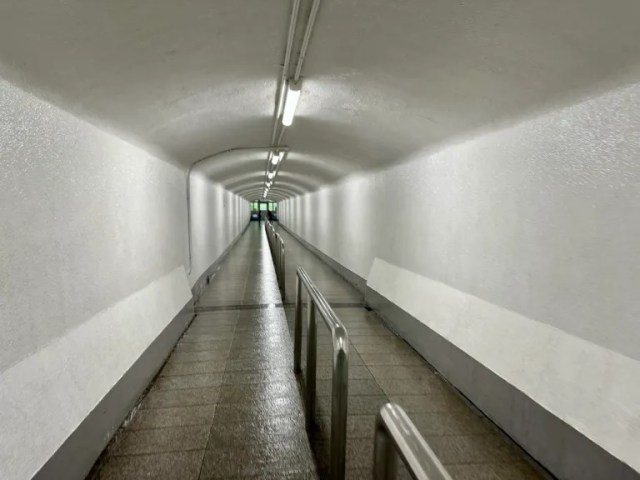
The elevator takes you down 100 meters in one minute, and once you get out you’ll find yourself in a long tunnel. Even on a sweltering midsummer day, it was a comfortable 15 degrees Celsius (59 Fahrenheit) here, so Masanuki didn’t mind having a bit of a walk.
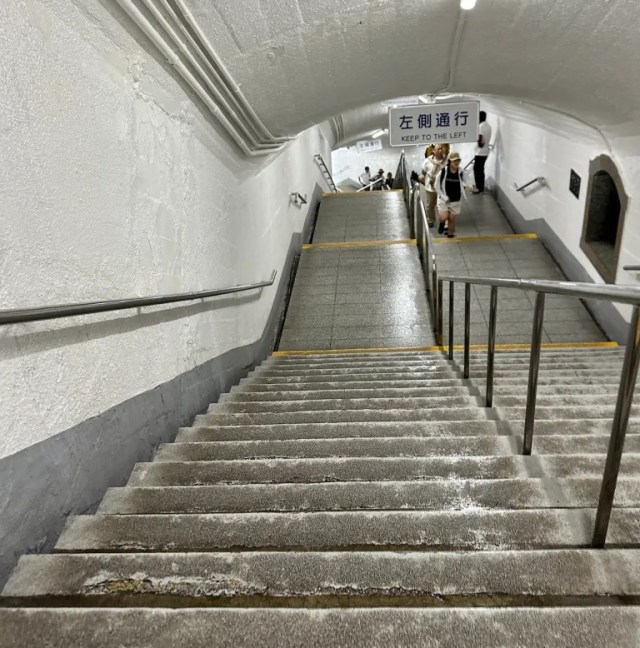
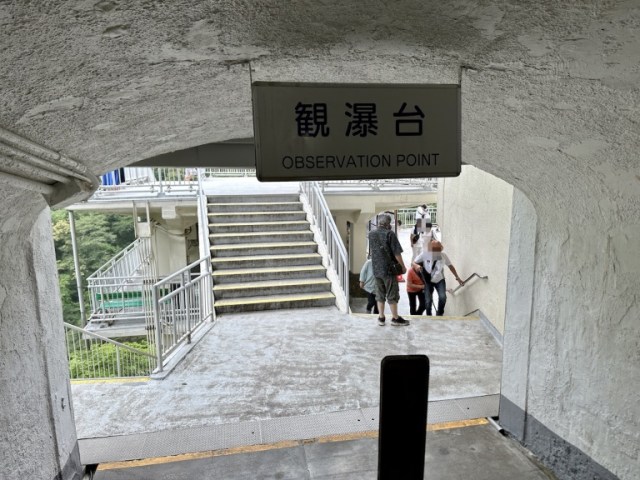
As you exit the tunnel, you’ll come to an observation deck…
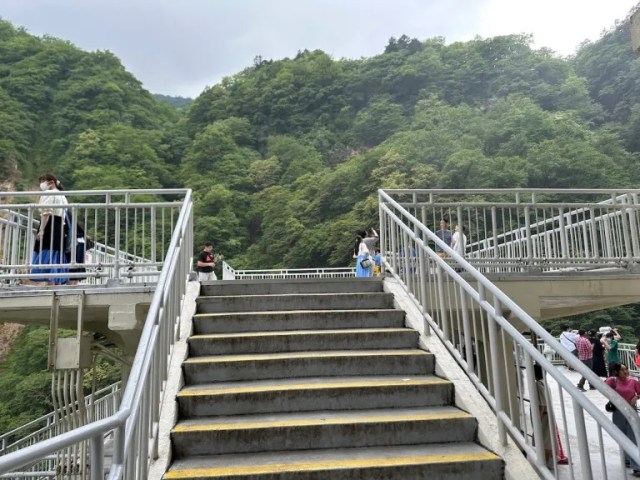
…and this is where you can appreciate the full force and towering majesty of Kegon no Taki.
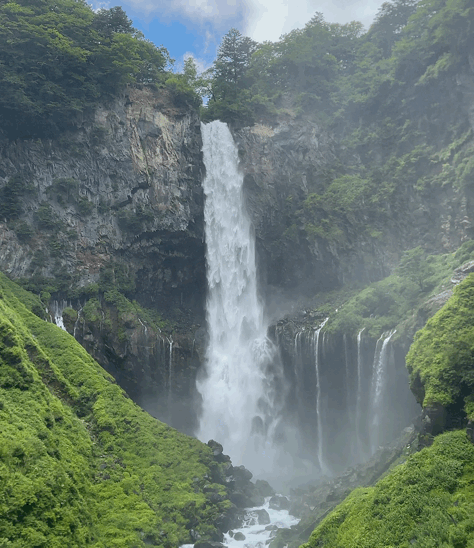
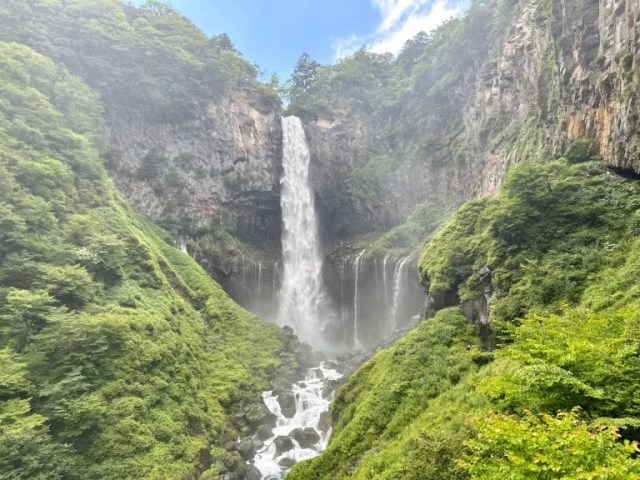
The roar of the waterfall, through which three metric tons (6,614 pounds) of water flows every second, was so intense that he almost felt like shouting too, in some sort of primal exchange of affirmations of existence. Standing on the platform, with mist splashing and carried by the wind to pepper his face, Masanuki couldn’t believe he’d forgotten, or maybe hadn’t even realized in the first place, how incredible this place is.
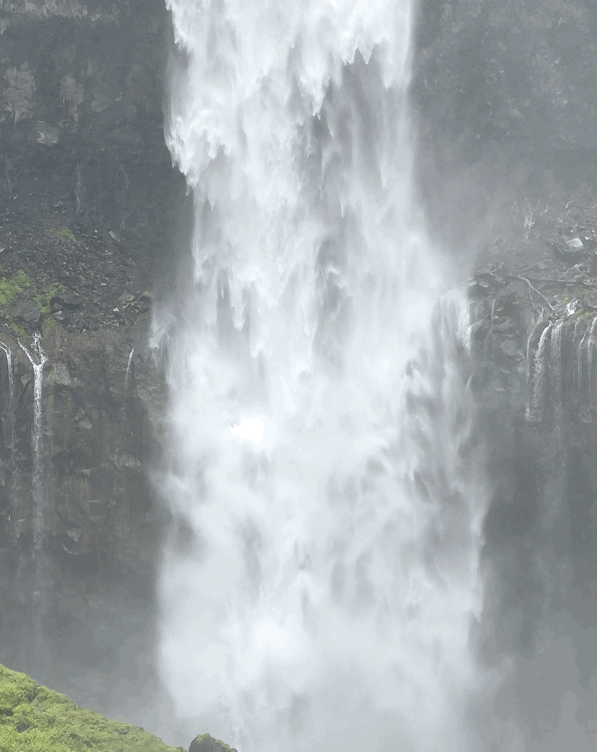
But the more he thought about it, the more he understood why the younger Masanuki might have just shrugged his shoulders and taken it all in stride. When you’re an adolescent or teenager, going out of town with your friends is, in and of itself, an exciting adventure. Sharing snacks on the train, staying up after lights-out to play games or tell dumb jokes, shopping for souvenirs to bring back to Mom and Dad. In hindsight, they might all seem like silly, simple experiences, but in the moment they’re new and compelling, and those memories are their own sort of treasure, so maybe it’ not so strange that those are the ones that stick with a lot of people.
But wait, Masanuki has a group photo taken by the waterfall, right? Why didn’t looking at that stir feelings in him about the wonders of nature? He can’t say for sure, but he thinks it’s probably because over the years, his mental image of Kegon no Taki became the version in the photo, the one that’s not any bigger than his thumb. There’s really no substitute for the sense of scale that comes when seeing it with your own eyes, and going back as an adult and focusing on the waterfall itself finally allowed Masanuki to do that.
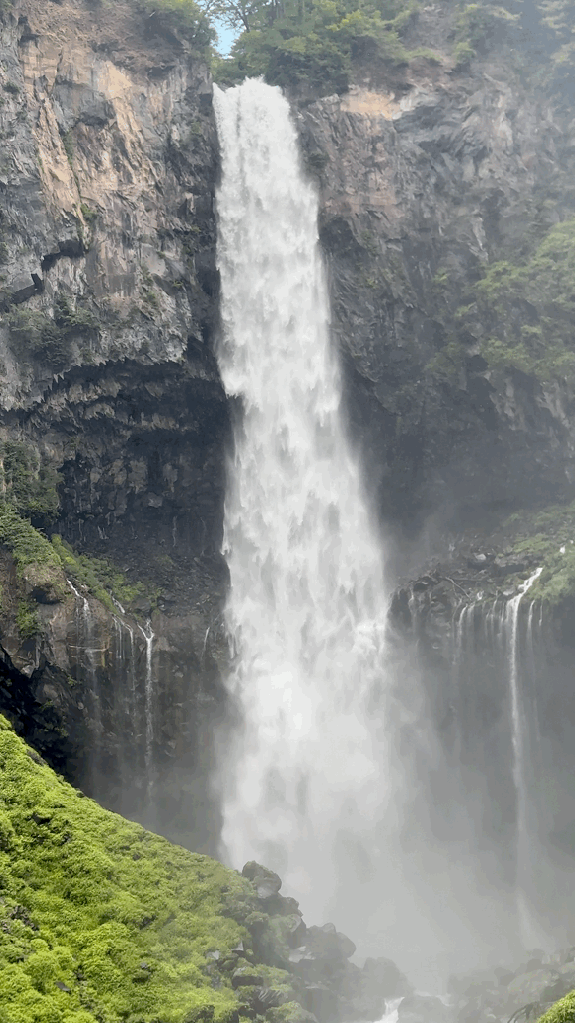
None of this is to say that Masanuki regrets how he spent his class trip in Nikko. Just like with rewatching a movie or rereading a book once you’ve grown up a little, though, revisiting someplace you traveled to but were lukewarm on as a kid can help you see it in a new light. So maybe the expression we talked about at the start of this article could use a little amendment, and really should be that you should never say you’ve seen enough until you’ve seen Nikko as an adult.
Photos ©SoraNews24
● Want to hear about SoraNews24’s latest articles as soon as they’re published? Follow us on Facebook and Twitter!

No hay comentarios:
Publicar un comentario